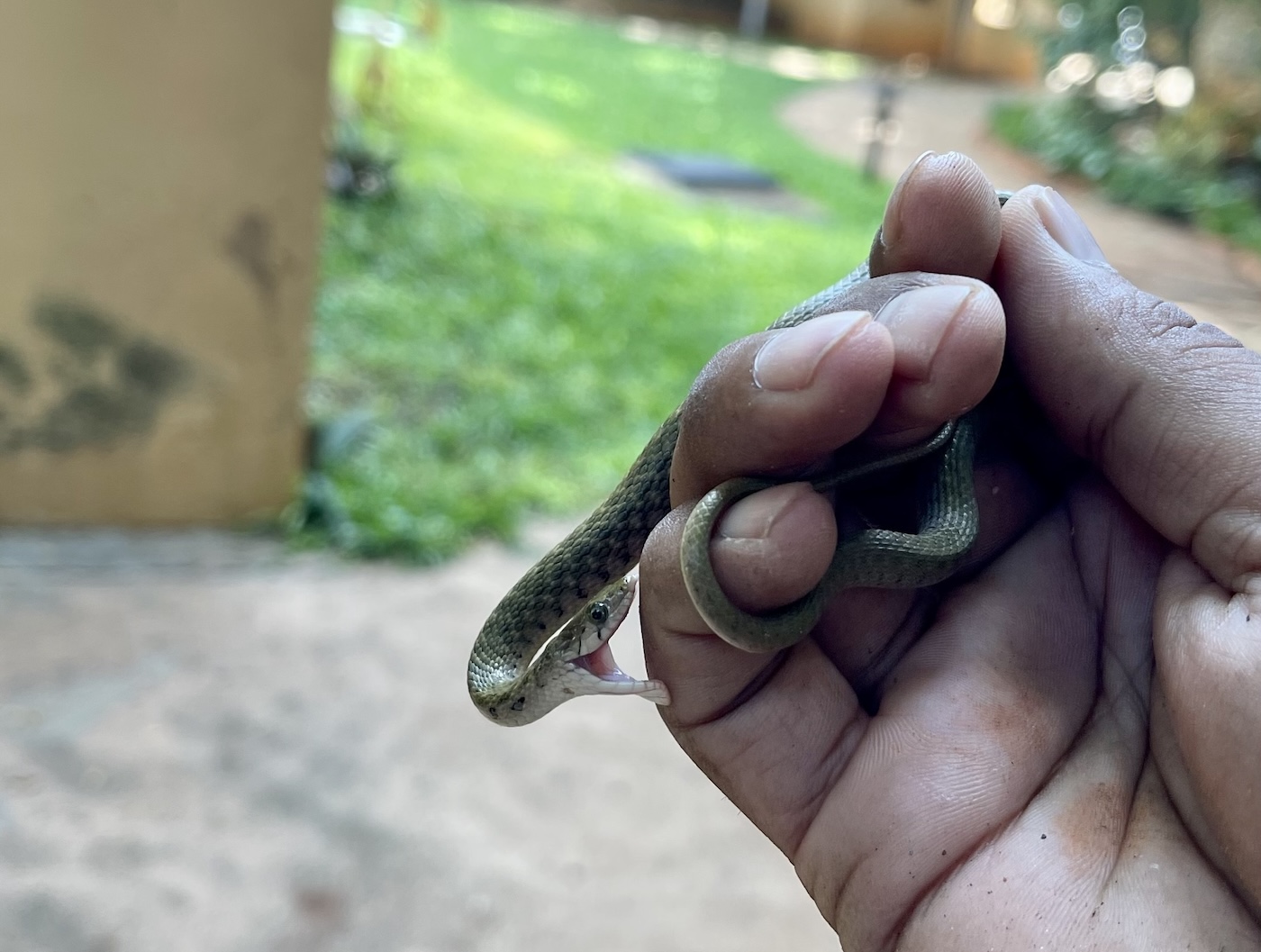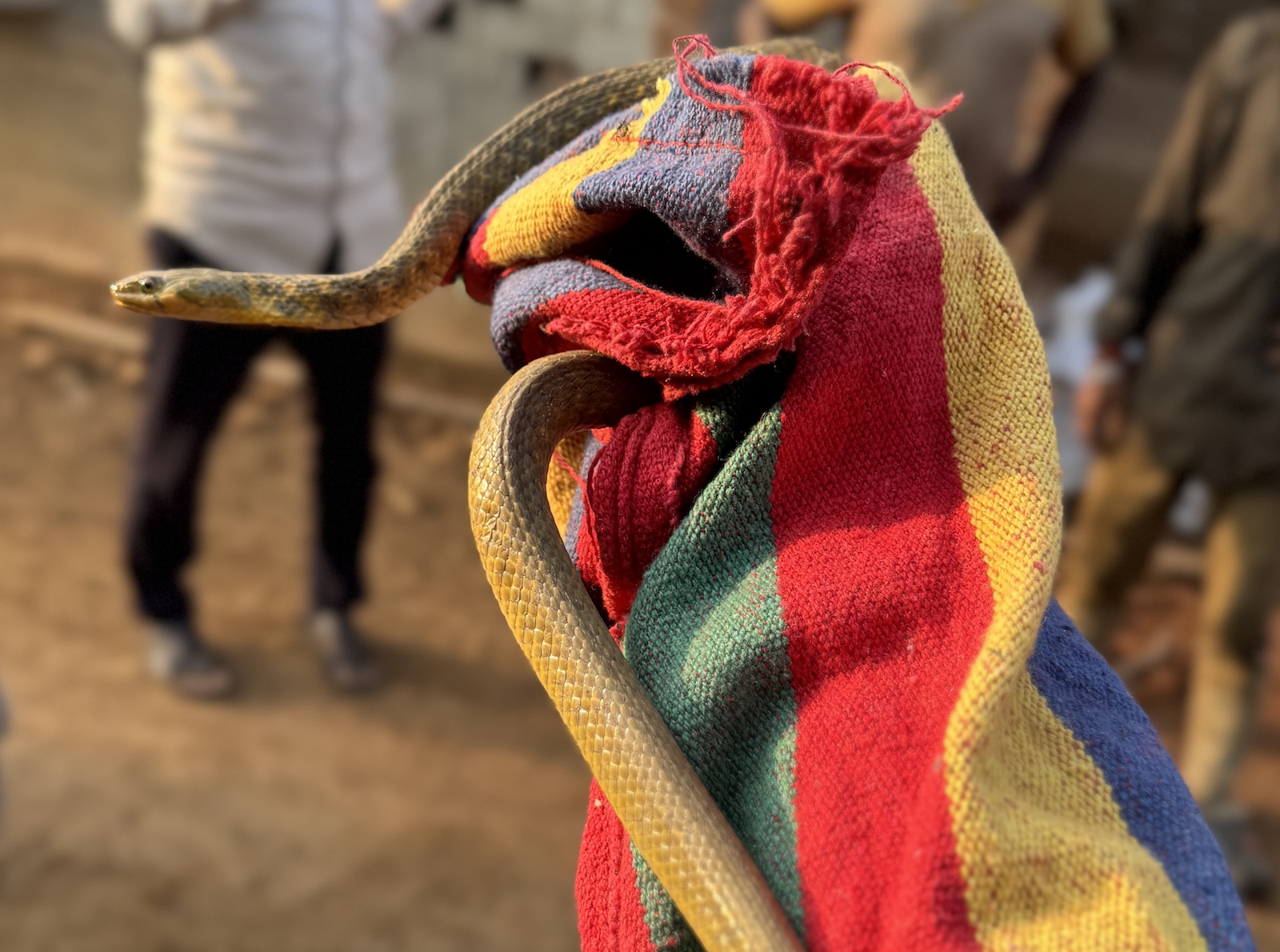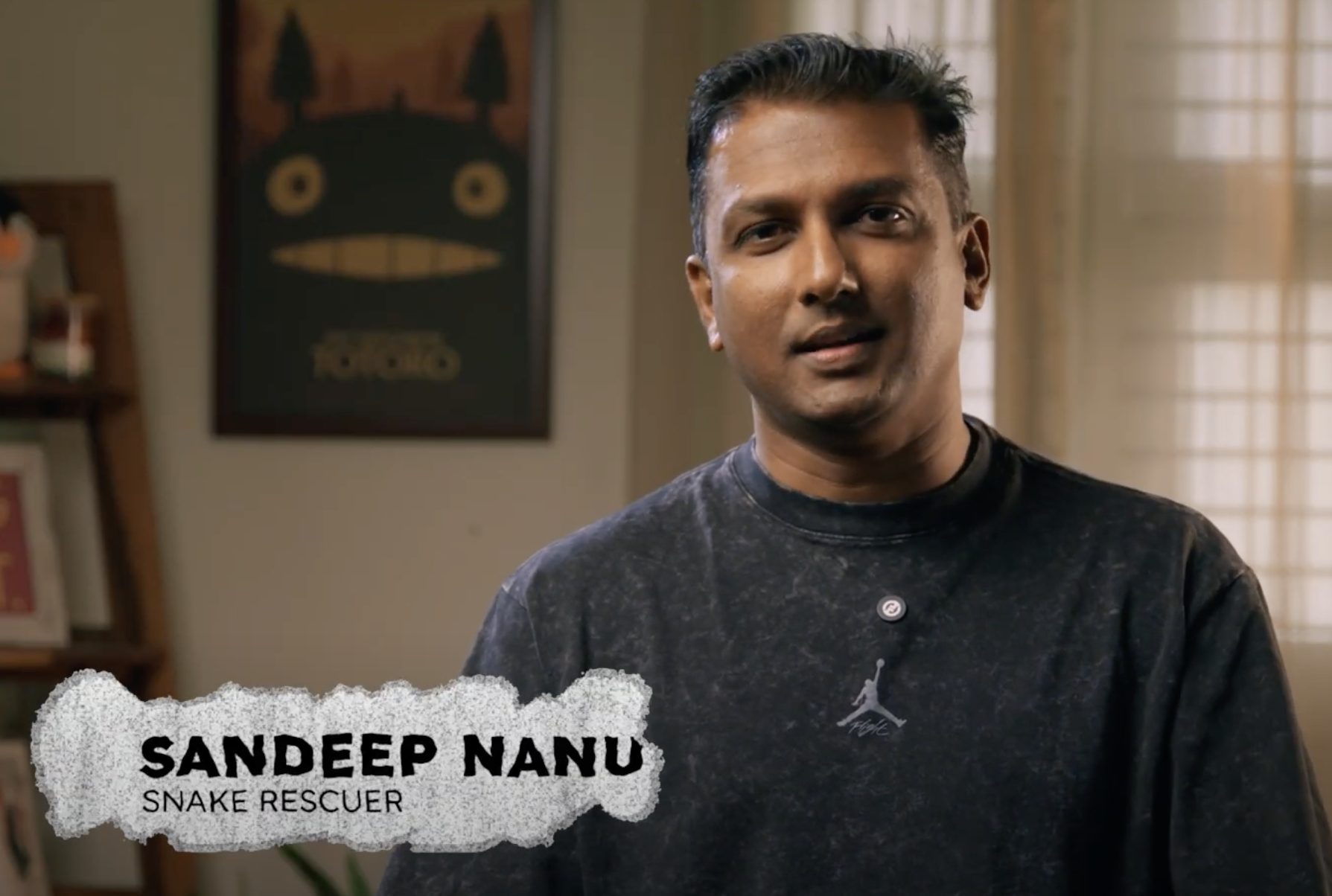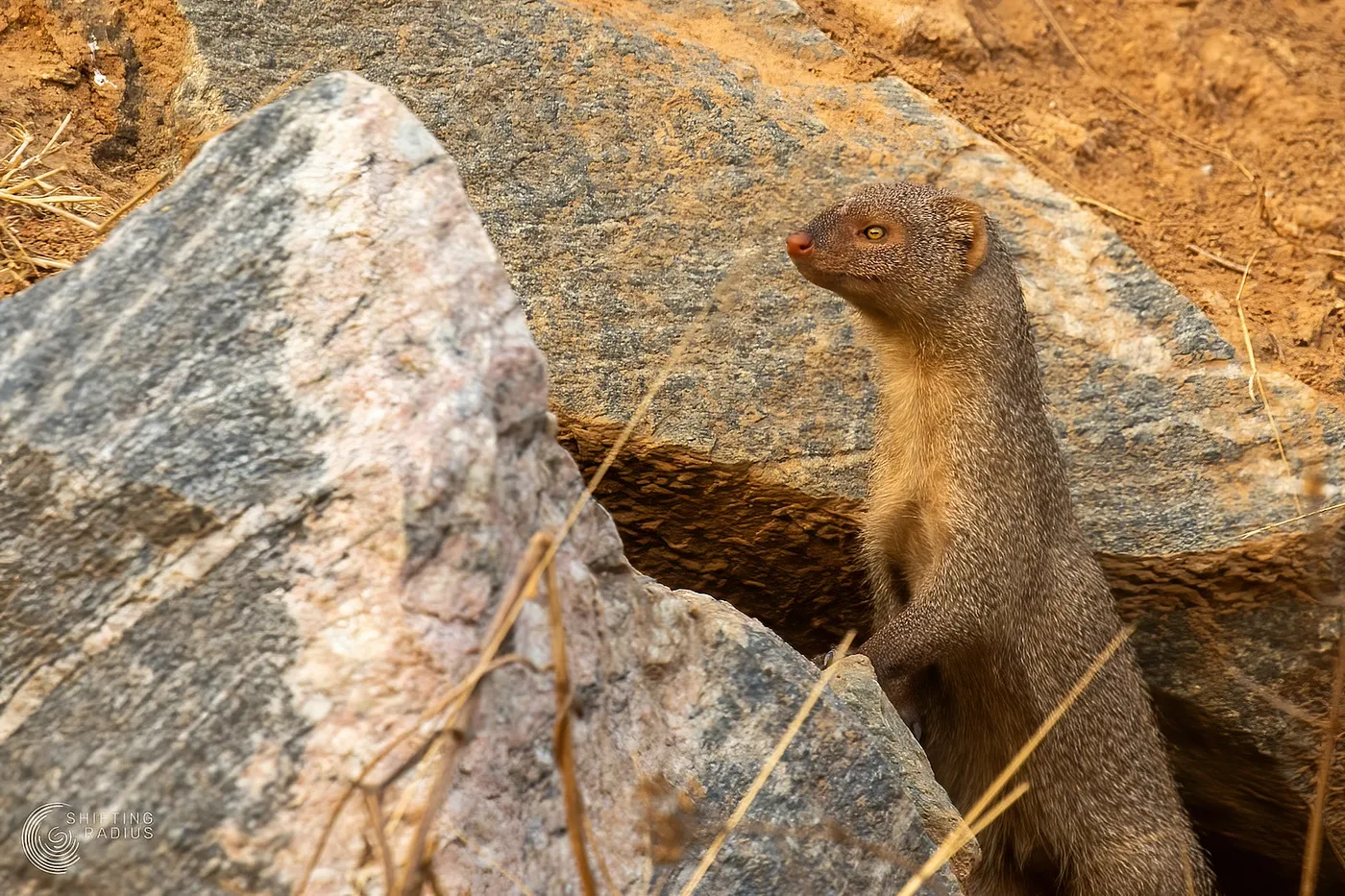You know how some people have a type? The kind they keep going back to despite knowing how it ends? I think I’ve got that kind of relationship with the Checkered Keelback. Except instead of heartbreak, I get bitten. A lot.
Out of all the snakes I’ve rescued, this one tops the charts in the “Why me?” category. You’d think venomous ones would be the scariest. Nope. It’s these cute-looking, water-loving drama queens that test my patience (and pain tolerance) every single time.
In my “Answered” video, I talk about why I hate rescuing these guys. Not because they’re bad snakes – no snake is bad – but because these fellas bite like it’s their full-time job. No hesitation, no warning, no “I’ll just bluff and pretend.” They go straight for the skin like it owes them money.
I’ve had rescues where I’ve spent more time trying to explain to people that “no, it’s not venomous,” than actually handling the snake. But with a Checkered Keelback, the script flips. You’ve got blood dripping down your hand, and the crowd’s like, “Wait, wasn’t this supposed to be a harmless one?”
Yeah. Harmless, not toothless.
The Frenemies of the Wetlands
The Checkered Keelback (or Xenochrophis piscator, if you’re trying to impress someone) is a common non-venomous water snake found in India. You’ll usually find them hanging around ponds, lakes, rice fields – basically any place with water and frogs.
They’re actually pretty important to the ecosystem, feeding on fish, frogs, and small aquatic creatures. They do their bit, they keep the balance.
I’ve had juveniles sink their teeth into me like they were auditioning for a vampire series. And the adults? Oh, they bring in that bonus twist – they musk. It’s like the snake version of a stink bomb, and once that scent hits you, good luck pretending you’re a cool and composed rescuer.

Salient Features of the Checkered Keelback:
Scientific name: Xenochrophis piscator
Common name: Checkered Keelback, Asiatic Water Snake, Fish Snake
Venomous?: No. Harmless to humans, but don’t tell your fingers that.
Habitat: Freshwater bodies – ponds, lakes, rivers, rice paddies
Diet: Fish, frogs, tadpoles, and other aquatic critters
Behavior: Active during the day; excellent swimmers; highly defensive when handled
Defense mechanisms: Biting, releasing foul-smelling musk, flattening their head to mimic a cobra
Appearance: Olive-brown body with black and yellow checker-like patterns; keeled scales; often mistaken for venomous snakes due to body language
Size: Usually 1 to 1.5 meters in length
Bite factor: High – will bite repeatedly when restrained or threatened
So yeah, next time someone tells you snake rescuers have it easy with non-venomous ones, show them my hands after a Keelback rescue. These snakes may not kill you, but they sure know how to leave a mark – physically and mentally.
And yet, I still rescue them. Every single time. Because love for wildlife doesn’t come with bite-proof gloves. (I use a bag instead.)




